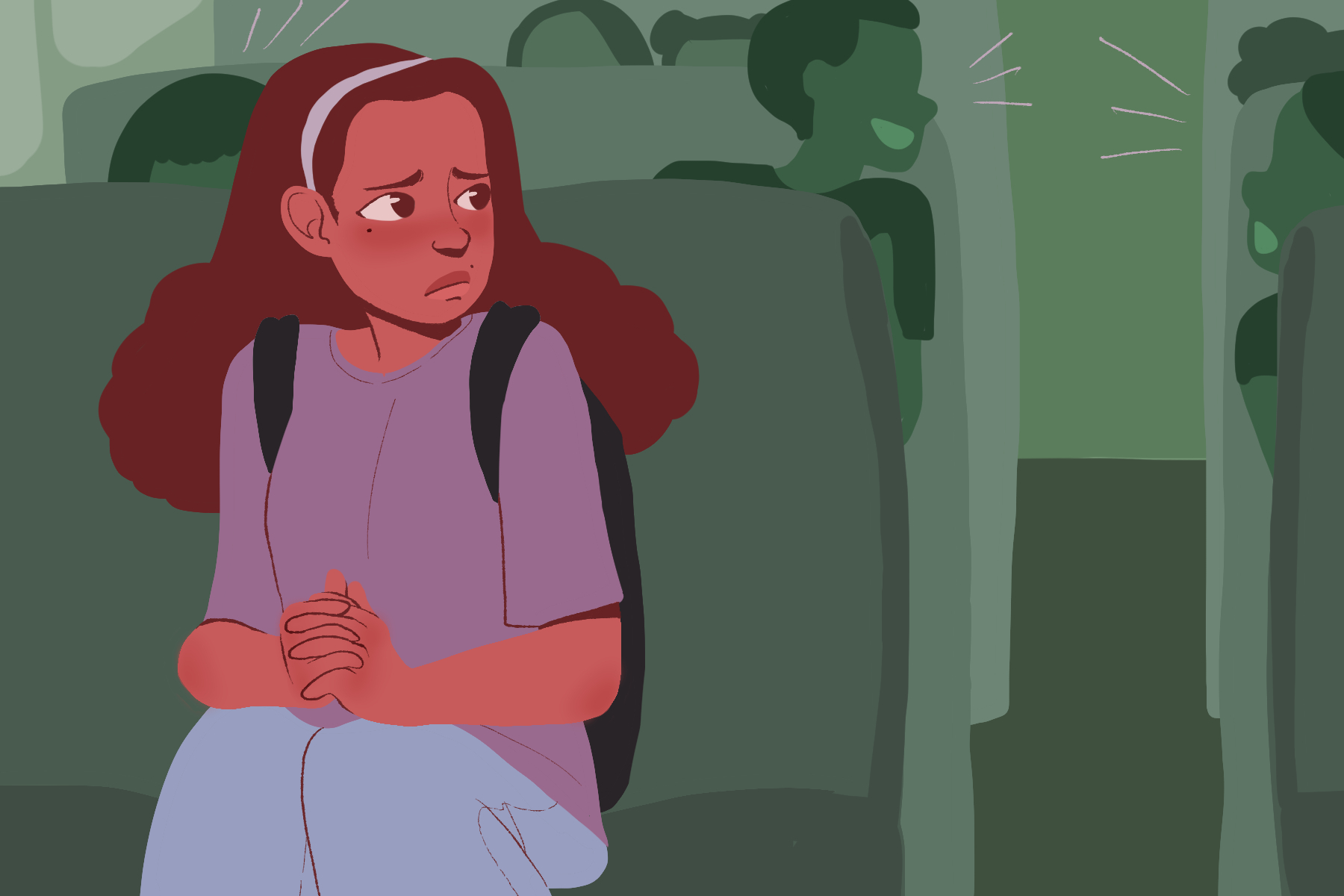ADHD is often categorized and perceived as an attention disorder marked by severe and disruptive hyperactive behavior. While this is certainly true, ADHD is highly complex, and hyperactivity is only one of many indicators of the disorder; in fact, girls with ADHD often do not display hyperactivity at all.
According to the CDC, boys are three times more likely to be diagnosed with ADHD. Nevertheless, experts are unconvinced that this data indicates that boys are more susceptible to the disorder. Rather, this statistic likely reflects the reality that ADHD in girls is highly undiagnosed, as the symptoms manifest in an unconventional and less noticeable manner.
The two primary aspects of the disorder are hyperactivity and inattentiveness. Hyperactivity is much more obvious, as it results in impulsivity, risk-taking and physical aggression. These behaviors are common examples of externalized symptoms of ADHD and are far more prominent in boys. Boys with ADHD are typically highly disruptive and difficult to discipline in academic and social settings. Given that hyperactivity is a more universally acknowledged symptom of ADHD, boys are more likely to be assessed and diagnosed.
While boys with ADHD are more likely to display the hyperactive component of the disorder, girls are more likely to display the inattentive component. Unlike boys, girls often exhibit ADHD symptoms in more covert, internalized ways. This leads to a disparity in rates of assessment and diagnosis, as the hyperactive components are easier to identify and more outwardly problematic than the inattentive components.
While the hyperactive-impulsive symptoms of ADHD are typically more noticeable, there is a common assumption that girls with the disorder are less impaired by the attention disorder. However, the extent to which symptoms are externally noticeable is unrelated to their severity, seriousness and impact on overall well-being.
With absent-mindedness, consistent forgetfulness and a very limited attention span, many girls with ADHD may struggle and find it nearly impossible to focus. Instead of disrupting class and distracting other students — which is often observed among boys — girls with ADHD may frequently forget about assignments, miss deadlines and overall, seem uninterested in learning. Girls with ADHD also have a tendency to daydream. When this happens in academic settings, girls are likely to be perceived as “spacy,” disorganized and unintelligent. These characteristics can be easily misconstrued as indicators of a lack of academic talent and drive.
Additionally, the vast majority of research on ADHD has been conducted on the behavioral patterns and tendencies of boys. Therefore, the diagnostic criteria for ADHD do not adequately reflect the experiences of girls with attention deficits. In fact, children who primarily exhibit internalized ADHD characteristics may not even meet the criteria of a diagnosis, regardless of the severity of their inattentive qualities. Even as diagnostic criteria evolve and ADHD in girls becomes more thoroughly understood, assessment strategies are still highly skewed. The presence of hyperactivity remains overemphasized, and gender differences in rates of diagnosis remain very apparent.
Further, many girls with the disorder have difficulty following social cues. They are often very energetic, and, as a result, talk excessively, struggle to take turns in conversation and interrupt others frequently. These behaviors may be interpreted as a lack of maturity, or even as a disregard for others’ feelings and experiences. Among their peers, girls with ADHD are more likely to face social rejection and experience overall greater difficulty maintaining fulfilling friendships.
When severe ADHD goes undiagnosed, girls may be more likely to develop low self-esteem, anxiety and depression. This is especially likely if they consistently find it difficult to maintain relationships with their peers. Girls who struggle to follow social cues may be confused as to why others do not enjoy their company or frustrated at their inability to form mutual relationships with others. Girls who struggle academically and have trouble learning at a normal pace are also likely to develop poor self-esteem.
Although ADHD symptoms can severely impede girls’ academic success, social relationships and overall mental well-being, such problems are often blamed on personality traits or voluntary behaviors. When girls exhibit hyperactivity or inattention, teachers are more likely to label them as “chatty” or “ditzy,” rather than recommend an evaluation for an attention deficit. Consequently, ADHD in girls is far more likely to be overlooked, leaving girls to suffer without accommodations, professional attention or adequate support.
Gender differences in the presentation of ADHD are not the only explanations for why girls are less likely to receive a formal diagnosis than their male counterparts. An accumulating body of evidence suggests that girls may develop effective coping mechanisms to combat their symptoms and mitigate the impact of the disorder on their academic success and social acceptance.
The socialization of girls may also contribute to the gender differences in the development of coping strategies. Generally, girls are expected to be obedient, quiet and organized. Girls with ADHD who do not possess these qualities may naturally invest significantly more time and effort into meeting these social expectations, masking the impact of their ADHD. For instance, if a girl with the disorder forgets about an assignment because she could not focus during class, she may stay up all night, attempting to complete the task perfectly.
Unfortunately, these coping skills mask the negative impact of ADHD on girls’ daily lives and mental well-being, allowing the disorder to remain undetected. Oftentimes, girls are able to circumvent their attention deficit by identifying strategies to counter disorganization, absent-mindedness and forgetfulness. Because of this, some girls with ADHD are able to excel in school. This information is critical, as it indicates that successful academic performance should not be used to entirely rule out a diagnosis of ADHD.
Interestingly, ADHD in girls can even manifest in obsessive-compulsive behavioral tendencies. While obsessive traits are not typically associated with the condition, many defense mechanisms and masking strategies — which are primarily displayed by girls — can easily become obsessive.
To name just one example, perfectionism is often used as a coping method against weak executive functioning, such as forgetfulness and disorganization. For instance, a girl with ADHD who struggles with inattentiveness may be paranoid that she forgot her books for school. To offset this forgetfulness, she might repeatedly check her backpack for these items. This obsessive-compulsive behavior serves as a tactic to prevent facing the consequences of her symptoms.
To provide girls with the proper support and resources to thrive, we must continue to research and seek to understand the disorder in girls. Furthermore, parents and educators must be aware of the gender differences in the presentation of ADHD to better identify symptoms of hyperactivity and inattention, as well as coping and masking strategies.
By understanding the unique ways in which ADHD affects girls, the complexities of the attention disorder will be better acknowledged. As information about the gender differences in the presentation of ADHD is spread and accepted among those in both the medical and educational fields, the gender gap in diagnoses and treatments will finally begin to close.















